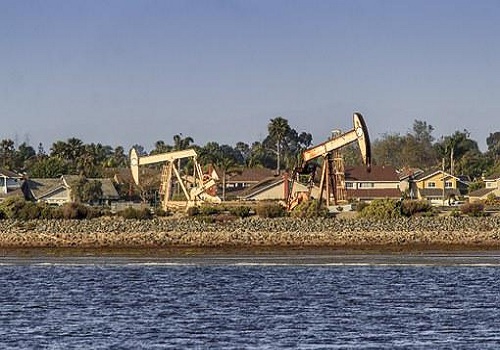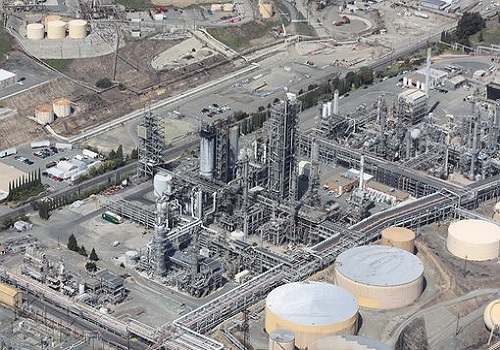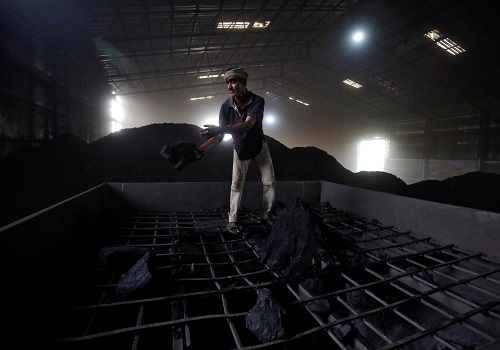Oil falls on demand worries, stronger U.S. dollar

Follow us Now on Telegram ! Get daily 10 - 12 important updates on Business, Finance and Investment. Join our Telegram Channel
Oil prices fell about 1% in early trade on Wednesday, reversing gains from the previous session ahead of a meeting OPEC+ producers on fears of a slowdown in global growth hitting fuel demand and a firmer dollar.
Brent crude futures fell 94 cents, or 0.9%, to $99.60 a barrel at 0020 GMT, wiping out the previous session's gain.
West Texas Intermediate (WTI) crude futures were down 68 cents, or 0.7%, at $93.74 a barrel, after climbing 53 cents on Tuesday.
The Organization of the Petroleum Exporting Countries and allies including Russia, together known as OPEC+, meet on Wednesday. OPEC+ sources told Reuters last week that the group will likely keep output unchanged in September, or raise it slightly.
Analysts are expecting no change due to a weak outlook for demand as recession fears grow, and said top producer Saudi Arabia may be reluctant to beef up output at the expense of OPEC+ partner Russia, hit by sanctions due to the Ukraine conflict.
Ahead of the meeting, OPEC+ trimmed its forecast for an oil market surplus this year by 200,000 barrels per day (bpd) to 800,000 bpd, three delegates told Reuters.
"The likelihood they announce an increase in output remains low amid the uncertain economic backdrop and signs of weakness in demand," ANZ Research analysts said in a note.
Several factors are weighing on the demand outlook, including rising fears of an economic slump in the United States and Europe, debt distress in emerging market economies, and China's COVID-zero policy curbing activity in the world's top oil importer, Commonwealth Bank analyst Vivek Dhar said.
"We see growing downside risks to our oil price forecast of $US100/bbl in Q4 2022 as global demand concerns continue to grow," Dhar said in a note.
A stronger dollar, bolstered by comments from U.S. Federal Reserve officials hinting at more interest rate hikes to cool inflation, also weighed on oil prices as a firmer greenback makes oil more expensive for holders of other currencies.
Adding to the bearish view on demand, data from the American Petroleum Institute, an industry group, showed U.S. crude stocks rose by about 2.2 million barrels for the week ended July 29, against analysts' expectations for a decline of around 600,000 barrels.
Gasoline inventories fell by 200,000 barrels, which was a smaller drawdown than analysts had expected, however distillate stocks fell by about 350,000 barrels against analysts' forecasts for a build.
The market will be looking to see if official data from the U.S. Energy Information Administration (EIA) at 1430 GMT confirms the inventory view.
























